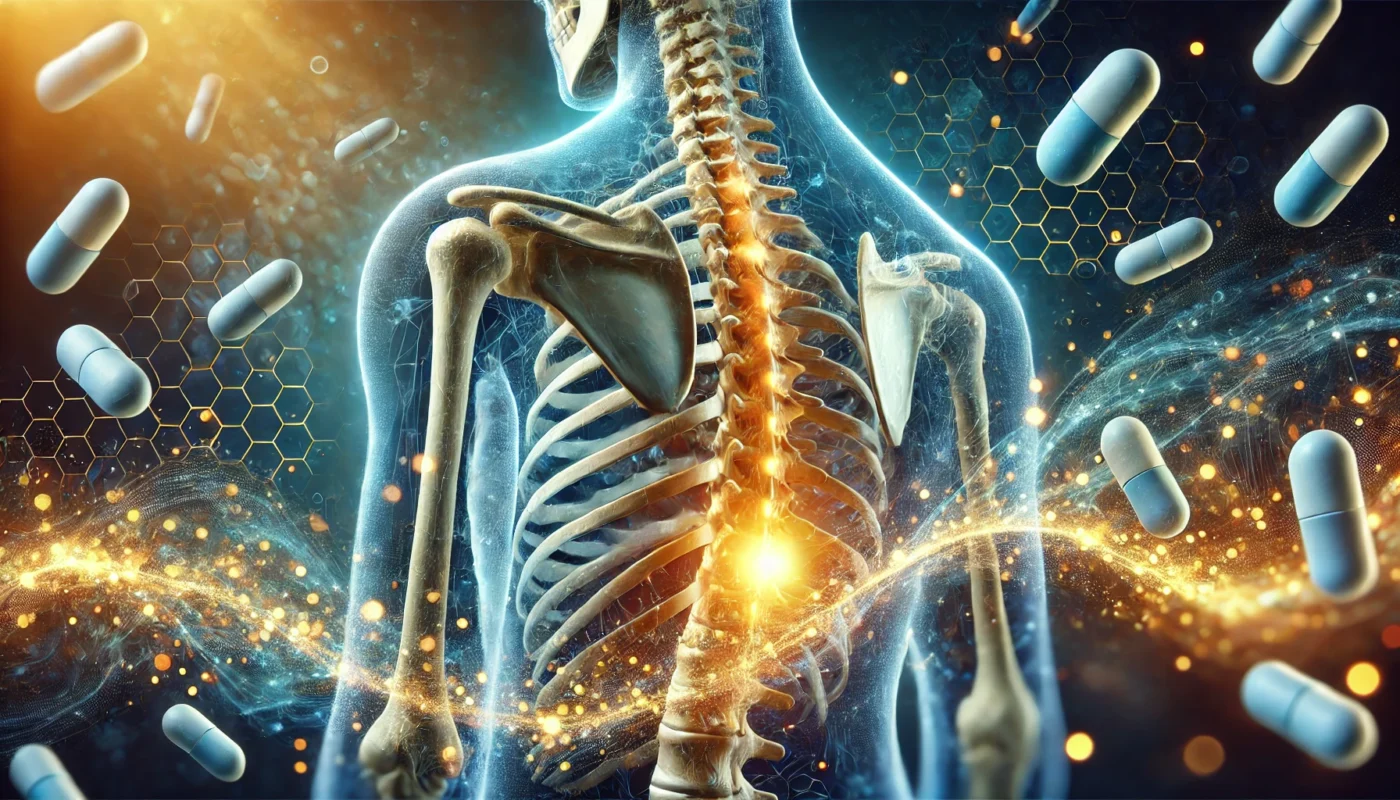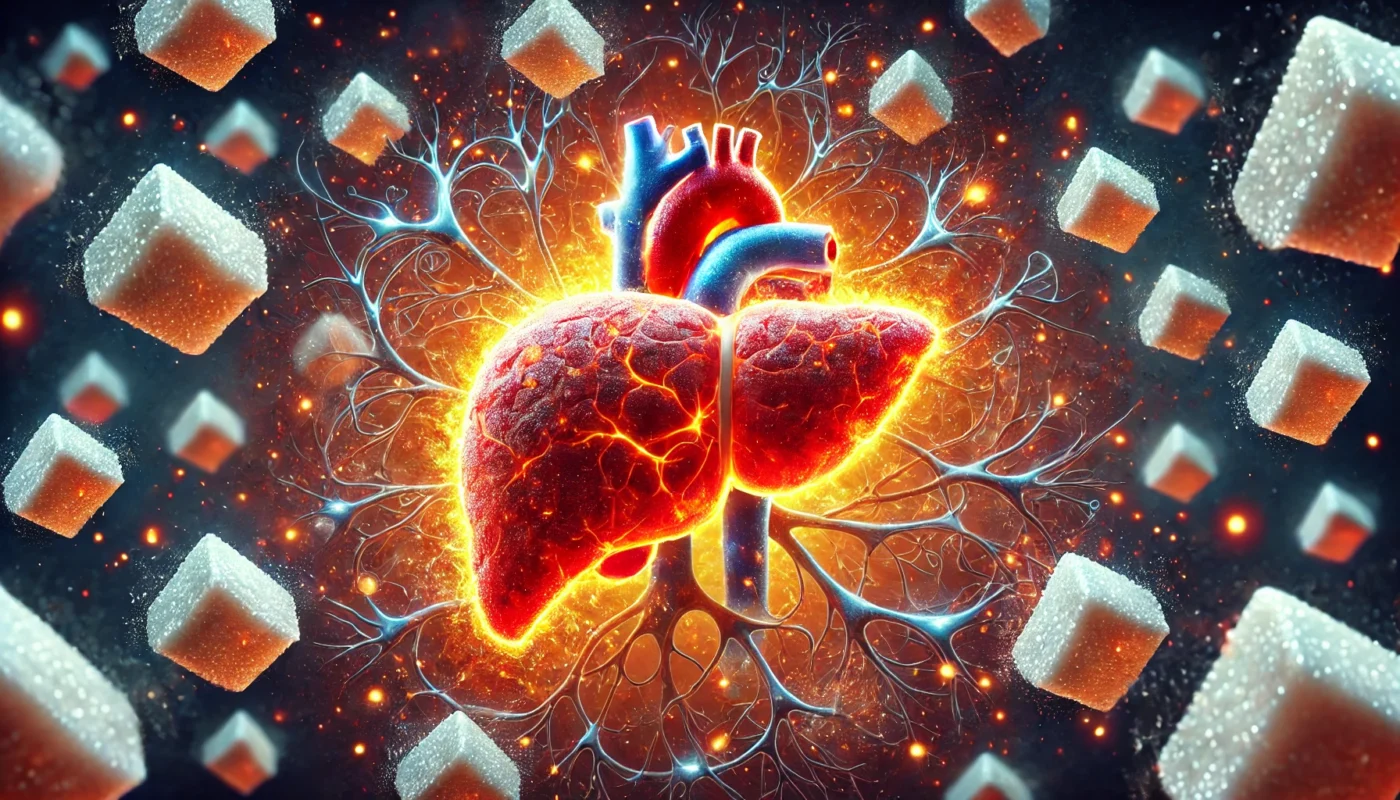Musculoskeletal pain is a common affliction that affects millions of individuals worldwide. Whether it’s due to arthritis, injury, or overuse, managing this kind of pain is crucial for maintaining a high quality of life. In this guide, we’ll explore the top medications for managing musculoskeletal pain, their effectiveness, and how they can be integrated into a holistic approach to health and wellness.
Tag Archives: Exercise
Navigating the world of pain relief can be an overwhelming experience, especially when faced with the vast array of medications available today. For those interested in learning more about pain medications that start with “At,” this article aims to provide a detailed and informative overview. We’ll dive deep into the mechanisms, uses, and potential side effects of these medications, offering valuable insights that can assist you in making informed decisions regarding your health and wellbeing.
When it comes to managing mental health, particularly conditions like depression and anxiety, finding the right medication can be a journey. Cymbalta, known generically as duloxetine, is a popular option for many. However, there are times when individuals may seek alternatives, whether due to side effects, cost, or simply a desire to explore other options. In this article, we’ll delve into various substitutes for Cymbalta, exploring their benefits, potential side effects, and how they compare.
Bone pain can be an elusive and challenging condition to manage, often leaving individuals searching for effective solutions that offer relief. Whether it stems from an injury, chronic condition, or a temporary ailment, understanding the options available for pain relief is crucial. In this article, we will delve into the various medicines and remedies available for bone pain, providing you with a comprehensive guide to finding relief.
In this comprehensive guide, we will explore what Stile is, how it works, and why it might be the right choice for you. We will also delve into the broader context of OTC medications, providing insights that can help you make informed decisions about your health and wellness.
In the journey of life, emotional upheavals are inevitable. Whether it’s stress from work, the end of a relationship, or the grieving of a loved one, emotional recovery is crucial for regaining balance and well-being. Emotional recovery doesn’t happen overnight, but with holistic support, it can be a transformative process. This article explores various techniques for emotional recovery, drawing on holistic approaches and the healing power of nature, nutrition, and mindfulness. Our goal is to equip you with practical strategies to aid your emotional healing journey.
The term “anti-inflammatory” refers to the property of a substance or treatment that reduces inflammation or swelling. In scientific terms, it involves the inhibition of the body’s inflammatory processes. Understanding the definition of anti-inflammatory can be pivotal in managing health conditions that are exacerbated by inflammation, such as arthritis, heart disease, and even some cancers.
Inflammation is the body’s way of protecting itself from infection, illness, or injury. It is a complex biological response to harmful stimuli such as pathogens, damaged cells, or irritants. Essentially, inflammation is the body’s attempt to heal itself after an injury, defend itself against foreign invaders, such as viruses and bacteria, and repair damaged tissue.
The question “Is sugar inflammatory?” is crucial for anyone keen on optimizing their health. Understanding the inflammatory nature of sugar involves exploring its biochemical effects and the broader health implications. Scientific research has increasingly shown that sugar can indeed trigger inflammatory responses in the body.
Inflammation is the body’s natural response to injury or infection, and while it serves a protective role, chronic inflammation can lead to persistent redness and swelling. Scientifically, inflammation involves the activation of immune cells that release cytokines—proteins that mediate and regulate immunity and inflammation. When it comes to the skin, the inflammation process can manifest as redness, swelling, heat, and sometimes pain.










